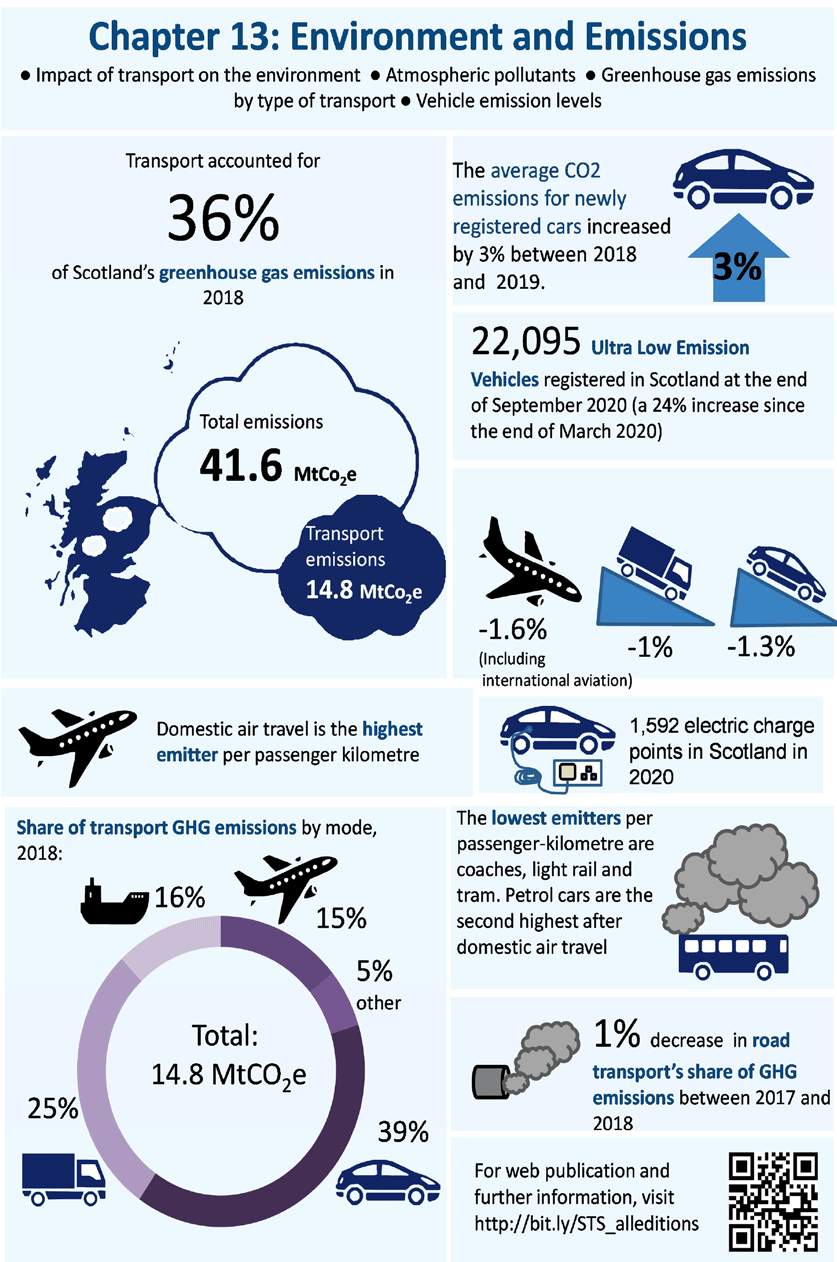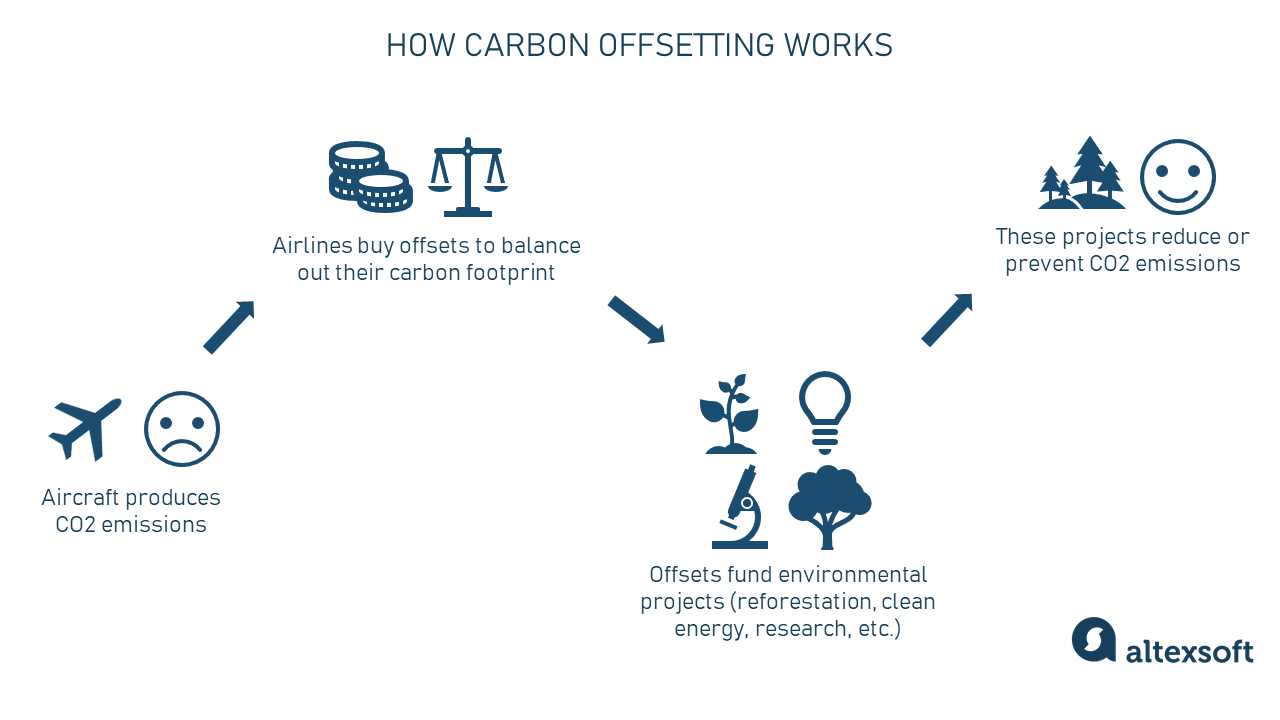Co2 Emissions By Aircraft Type - All visualizations, data, and code produced by Our World in Data are completely open access under the Creative Commons BY license. You have the permission to use, distribute, and reproduce these in any medium, provided the source and authors are credited.
3. IPCC (2014): Climate Change 2014: Synthesis Report. Contribution of Working Groups I, II and III to the Fifth Assessment Report of the Intergovernmental Panel on Climate Change. [Core Writing Team, R.K. Pachauri and L.A. Meyer (eds.)].
Co2 Emissions By Aircraft Type

IPCC, Geneva, Switzerland, 151pp. Some caveats must be applied to the LSE research. First, it doesn't take into account that some airlines allow much more baggage than others, which alter the notional weight per passenger and thus their CO2 tally.
Reuse This Work Freely
© 2023 Regents of the University of Michigan It’s also important to note that unlike the most common greenhouse gases – carbon dioxide, methane or nitrous oxide – non-CO2 forcings from aviation are not included in the Paris Agreement.
This means they could be easily overlooked – especially since international aviation is not counted within any country’s emissions inventories or targets. Licenses: All visualizations, data, and articles produced by Our World in Data are open access under the Creative Commons BY license.
You have permission to use, distribute, and reproduce these in any medium, provided the source and authors are credited. All the software and code that we write is open source and made available via GitHub under the permissive MIT license.
All other material, including data produced by third parties and made available by Our World in Data, is subject to the license terms from the original third-party authors. Secure .gov websites use HTTPS A lock (LockA locked padlock) or https:// means you’ve safely connected to the .gov website.

Note On Emissions Sector Categories
Share sensitive information only on official, secure websites. David Lee et al. (2020) quantified the overall effect of aviation on global warming when all of these impacts were included.6 To do this they calculated the so-called '{"slug":"what-is-radiative-forcing","excerpt":
"Radiative forcing measures the difference between incoming energy and the energy radiated back to space. If more energy is absorbed than radiated, the atmosphere becomes warmer."}Radiative Forcing'. Radiative forcing measures the difference between incoming energy and the energy radiated back to space.
If more energy is absorbed than radiated, the atmosphere becomes warmer. The second is how aviation emissions are attributed to countries. CO2 emissions from domestic flights are counted in a country's emission accounts. International flights are not – instead they are counted as their own category: ‘bunker fuels’.
The fact that they don't count towards the emissions of any country means there are few incentives for countries to reduce them. “A carbon footprint is the total greenhouse gas (GHG) emissions caused directly and indirectly by an individual, organization, event or product.”1 It is calculated by summing the emissions resulting from every stage of a product or service's lifetime (material production,
manufacturing, use, and end-of-life). Throughout a product's lifetime, or lifecycle, different GHGs may be emitted, such as carbon dioxide (CO2), methane (CH4), and nitrous oxide (N2O), each with a greater or lesser ability to trap heat in the atmosphere.
These differences are accounted for by the global warming potential (GWP) of each gas, resulting in a carbon footprint in units of mass of carbon dioxide equivalents (CO2e). See the Center for Sustainable Systems "Greenhouse Gases Factsheet" for more information on GWP.

A typical U.S. household has a carbon footprint of 48 metric tons CO2e/yr.2 1. IPCC (2014). Climate Change 2014: Mitigation of Climate Change. Contribution of Working Group III to the Fifth Assessment Report of the Intergovernmental Panel on Climate Change [Edenhofer, O., R. Pichs-Madruga, Y. Sokona, E. Farahani, S. Kadner, K. Seyboth, A. Adler, I
Baum, S. Brunner, P. Eickemeier, B. Kriemann, J. Savolainen, S. Schlömer, C. von Stechow, T. Zwickel and J.C. Minx (eds.)]. Cambridge University Press, Cambridge, United Kingdom and New York, NY, USA. The key challenge is that it is particularly hard to decarbonize.
We have solutions to reduce emissions for many of the largest emitters – such as power or road transport – and it’s now a matter of scaling them. We can deploy renewable and nuclear energy technologies, and transition to electric cars.
But we don't have proven solutions to tackle aviation yet. As we will see later in this article, there are a number of processes by which aviation contributes to climate change. But the one that gets the most attention is its contribution via CO2 emissions.
Most flights are powered by jet gasoline – although some partially run on biofuels – which is converted to CO2 when burned. Global Carbon Project. (2019). Supplemental data of Global Carbon Budget 2019 (Version 1.0) [Data set].
Global Carbon Project. https://doi.org/10.18160/gcp-2019.If we were to exclude land use change emissions, aviation accounted for 2.8% of fossil fuel emissions. The Global Carbon Budget estimated total CO2 emissions from fossil fuels and cement production to be 36.6 billion tonnes in 2018. This means aviation accounted for [1 / 36.6 * 100] = 2.8% of total emissions.

The time series of global emissions from aviation since 1940 is shown in the accompanying chart. In 2018, it's estimated that global aviation – which includes both passenger and freight – emitted 1.04 billion tonnes of CO2.
Lee, D. S., Fahey, D. W., Skowron, A., Allen, M. R., Burkhardt, U., Chen, Q., … & Gettelman, A. (2020). The contribution of global aviation to anthropogenic climate forcing for 2000 to 2018. Atmospheric Environment, 117834.
Since 1960, aviation emissions increased almost seven-fold; since 1970 they've tripled. Air traffic volume – here defined as revenue passenger kilometers (RPK) traveled – increased by orders of magnitude more: almost 300-fold since 1950; and 75-fold since 1960 [you find this data in our interactive chart here].7
Emissions and sinks related to changes in land use are not included in these estimates. However, changes in land use can be important: estimates indicate that net global greenhouse gas emissions from agriculture, forestry, and other land use were over 8 billion metric tons of CO2 equivalent,[2] or about 24% of total global greenhouse gas emissions
.[3] In areas such as the United States and Europe, changes in land use associated with human activities have the net effect of absorbing CO2, partially offsetting the emissions from deforestation in other regions. Lee, D. S., Fahey, D. W., Skowron, A., Allen, M. R., Burkhardt, U., Chen, Q., … & Gettelman, A. (2020).
The contribution of global aviation to anthropogenic climate forcing for 2000 to 2018. Atmospheric Environment, 117834. Aviation accounts for around 2.5% of global CO2 emissions, but it's overall contribution to climate change is higher. This is because air travel does not only emit CO2: it affects the climate in a number of more complex ways.

Our World in Data presents the data and research to make progress against the world's largest problems.This blog post draws on data and research discussed in our entries on CO2 and Greenhouse Gas Emissions and Energy.
The first is the disconnect between its role in our personal and collective carbon emissions. Air travel dominates a frequent traveler's individual contribution to climate change. Yet aviation overall accounts for only 2.5% of global carbon dioxide (CO2) emissions.
This is because there are large inequalities in how much people fly – many do not, or cannot afford to, fly at all [best estimates put this figure at around 80% of the world population – we will look at this in more detail in an
upcoming article]. As well as emitting CO2 from burning fuel, planes affect the concentration of other gases and pollutants in the atmosphere. They result in a short-term increase, but long-term decrease in ozone (O3); a decrease in methane (CH4);
emissions of water vapor; soot; sulfur aerosols; and water contrails. While some of these impacts result in warming, others induce a cooling effect. Overall, the warming effect is stronger. In a recent paper, researchers – David Lee and colleagues – reconstructed annual CO2 emissions from global aviation dating back to 1940.1 This was calculated based on fuel consumption data from the International Energy Agency (IEA), and earlier estimates from Robert Sausen and Ulrich Schumann (
2000).2 In this chart we see their estimates for the radiative forcing of the different elements. When we combine them, aviation accounts for approximately 3.5% of effective radiative forcing: that is, 3.5% of warming.Although CO2 gets most of the attention, it accounts for less than half of this warming.

Two-thirds (66%) comes from non-CO2 forcings. Contrails – water vapor trails from aircraft exhausts – account for the largest share. The Global Carbon Budget estimated total CO2 emissions from all fossil fuels, cement production and land-use change to be 42.1 billion tonnes in 2018. This means aviation accounted for [1 / 42.1 * 100] = 2.5% of total emissions.
Aviation emissions have doubled since the mid-1980s. But, they’ve been growing at a similar rate as total CO2 emissions – this means its share of global emissions has been relatively stable: in the range of 2% to 2.5%.5
There are some design concepts emerging – Airbus, for example, have announced plans to have the first zero-emission aircraft by 2035, using hydrogen fuel cells. Electric planes may be a viable concept, but are likely to be limited to very small aircraft due to the limitations of battery technologies and capacity.
The data produced by third parties and made available by Our World in Data is subject to the license terms from the original third-party authors. We will always indicate the original source of the data in our documentation, so you should always check the license of any such third-party data before use and redistribution.
In 2014, the top carbon dioxide (CO2) emitters were China, the United States, the European Union, India, the Russian Federation, and Japan. These data include CO2 emissions from fossil fuel combustion, as well as cement manufacturing and gas flaring.
Together, these sources represent a large proportion of total global CO2 emissions. The much slower growth in emissions means aviation efficiency has seen massive improvements. In the chart we show both the increase in global airline traffic since 1950, and aviation efficiency, measured as the quantity of CO2 emitted per revenue passenger kilometer traveled.
In 2018, approximately 125 grams of CO2 were emitted per RPK. In 1960, this was eleven-fold higher; in 1950 it was twenty-fold higher. Aviation has seen massive efficiency improvements over the past 50 years. These improvements have come from several sources: improvements in the design and technology of aircraft;
larger aircraft sizes (allowing for more passengers per flight); and an increase in how ‘full’ passenger flights are. This last metric is termed the ‘passenger load factor’. The passenger load factor measures the actual number of kilometers traveled by paying customers (RPK) as a percentage of the available seat kilometers (ASK) – the kilometers traveled if every plane was full.
If every plane was full the passenger load factor would be 100%. If only three-quarters of the seats were filled, it would be 75%.